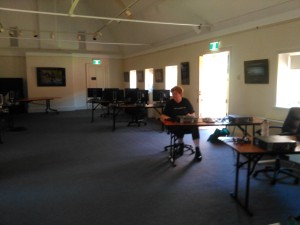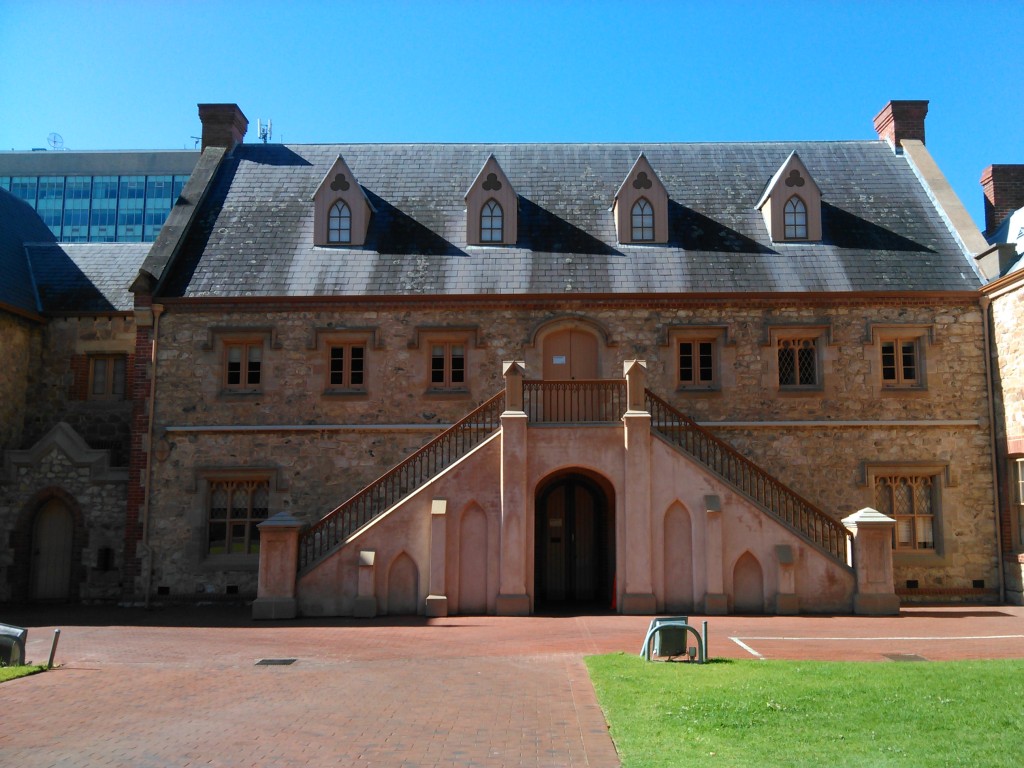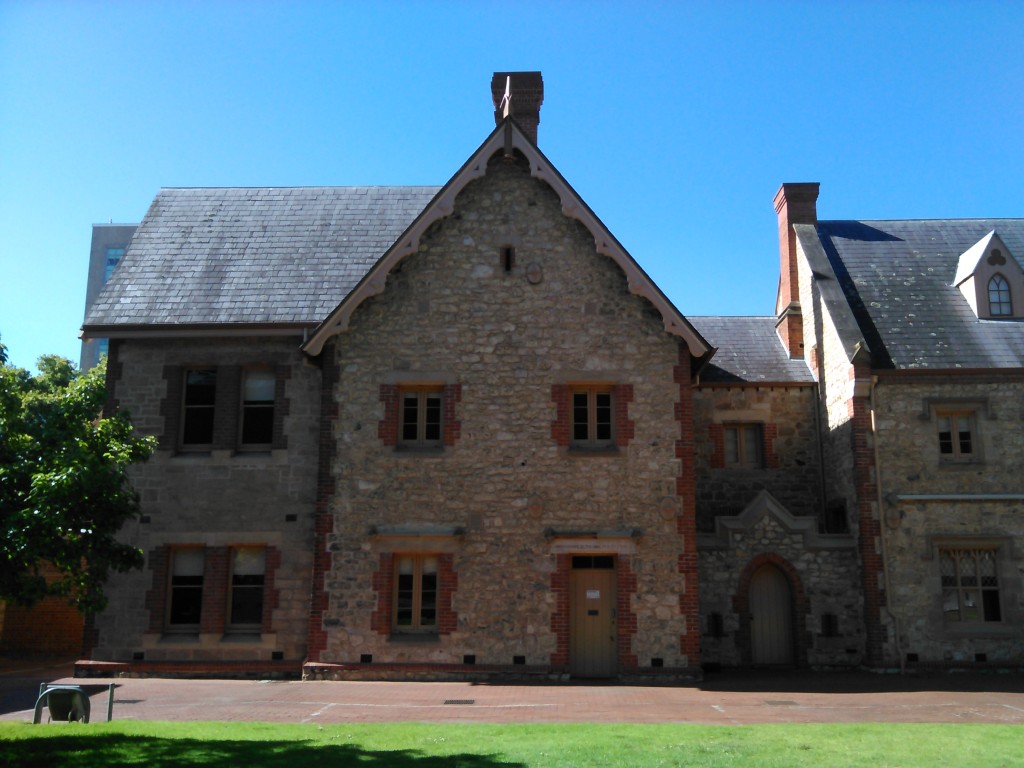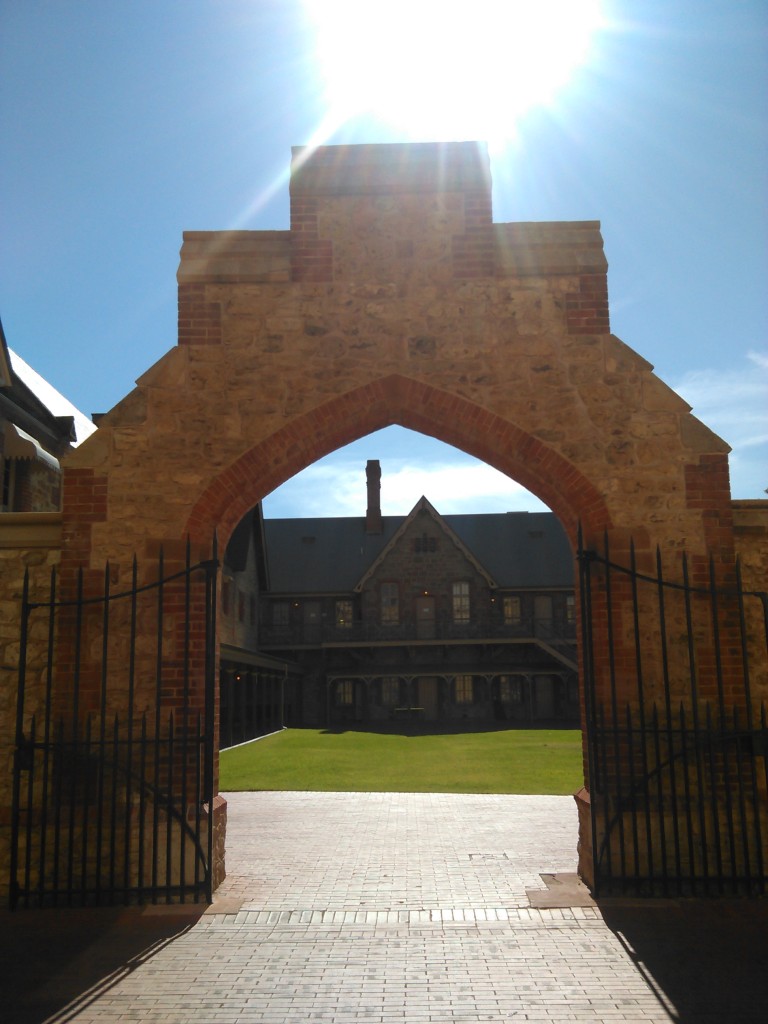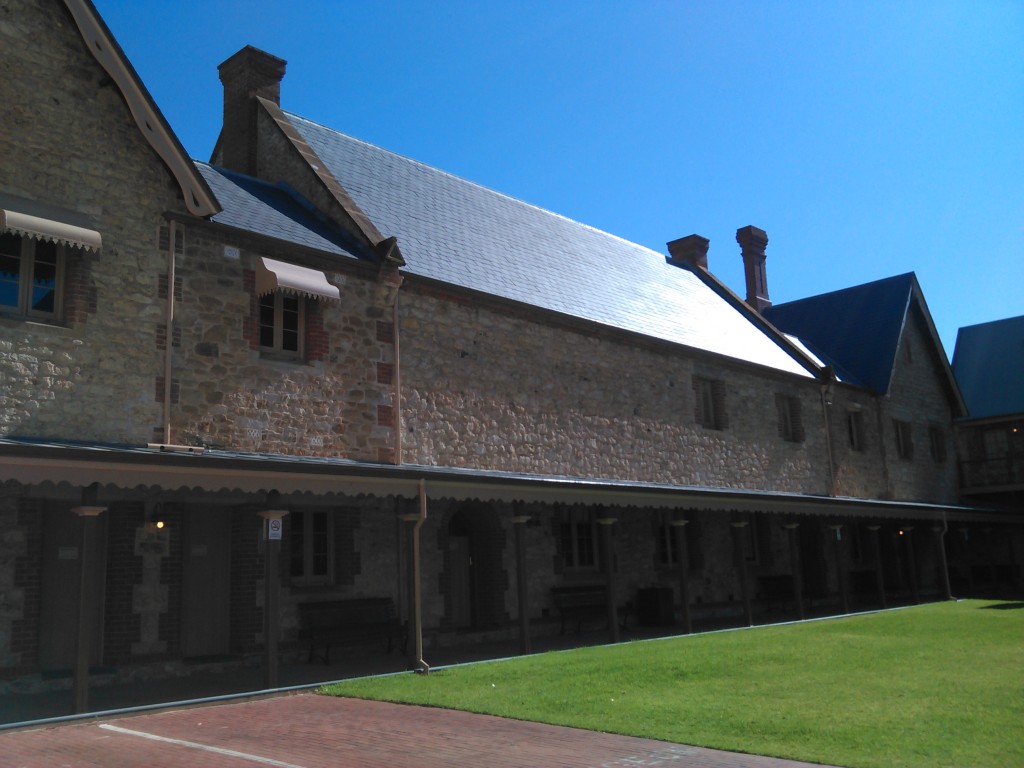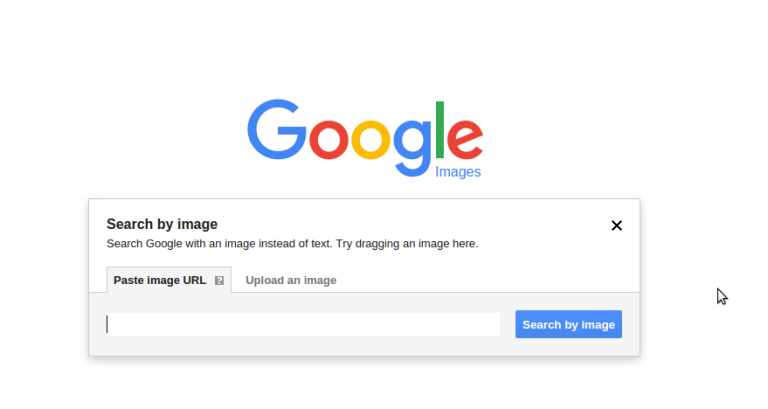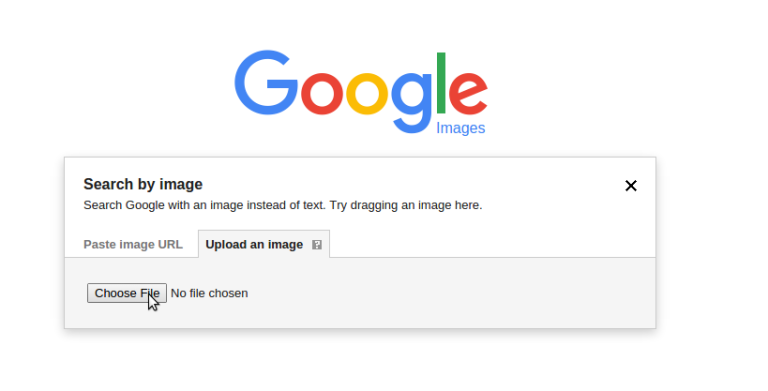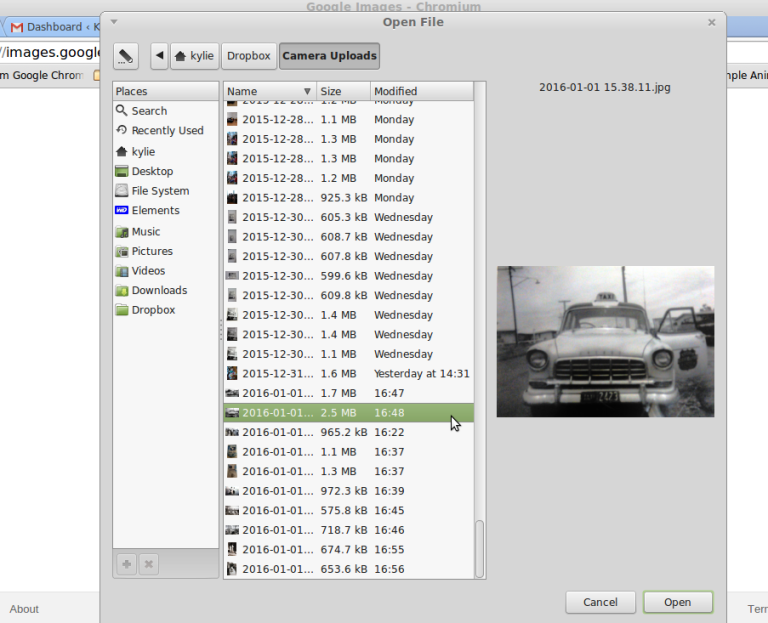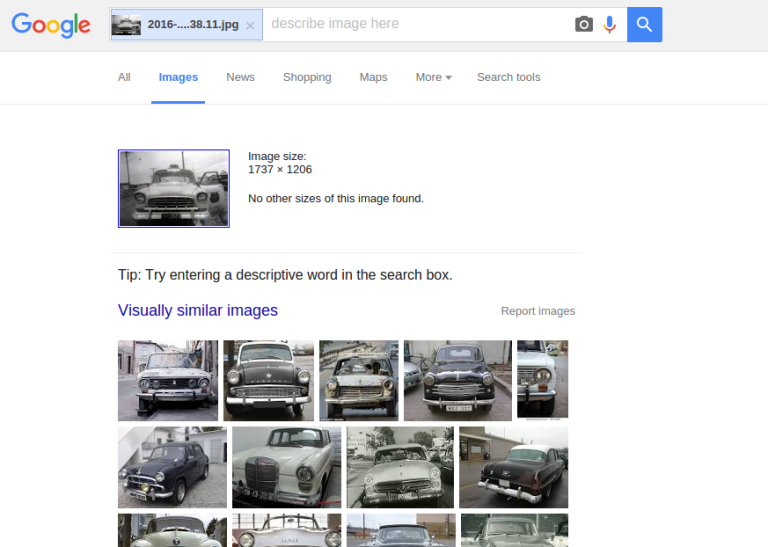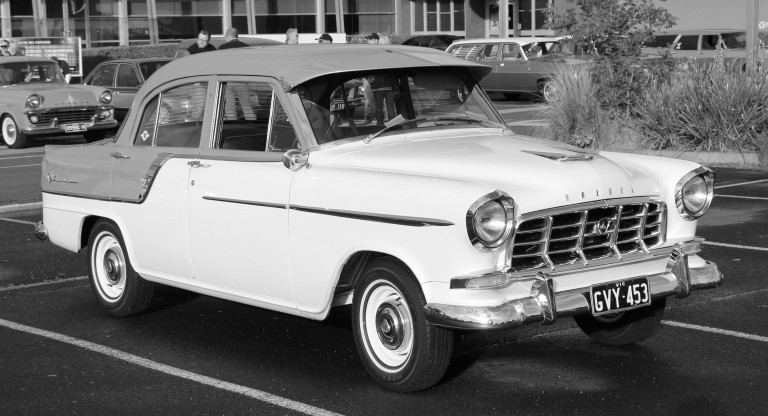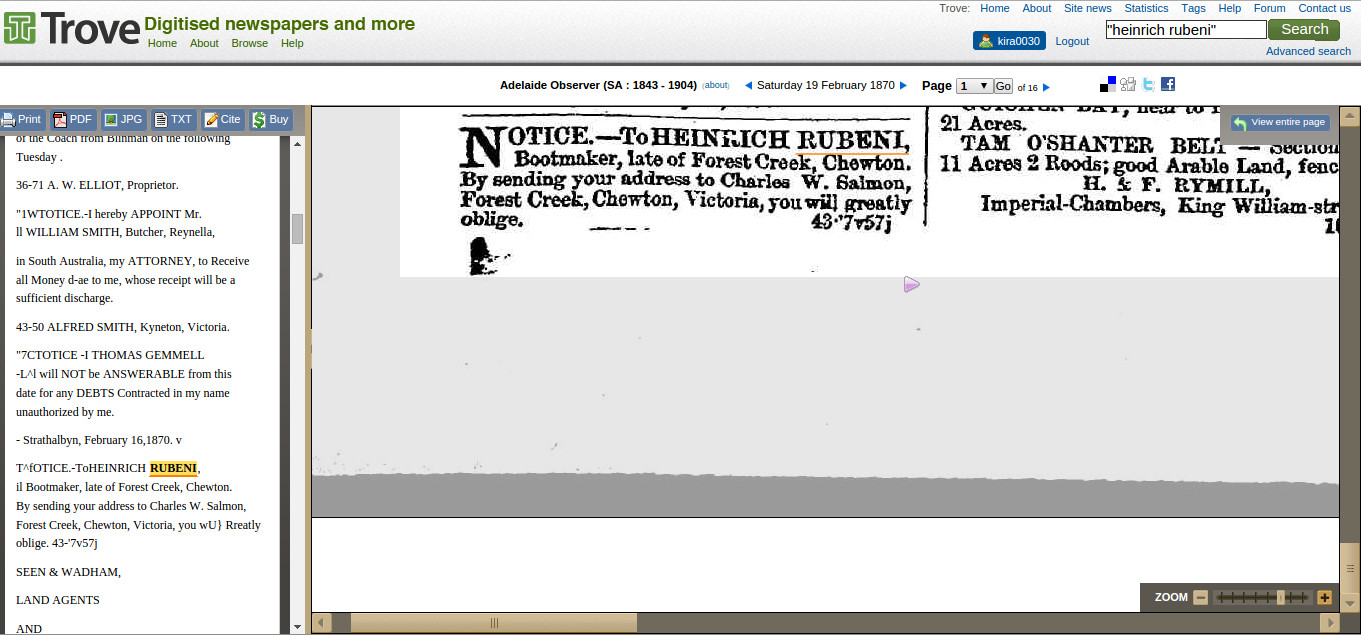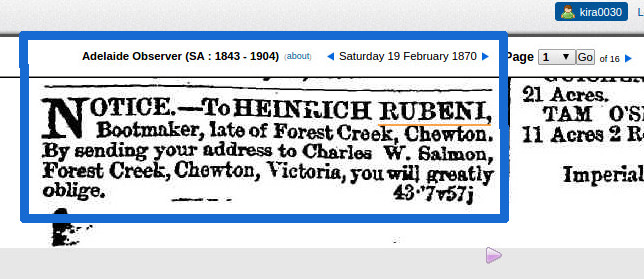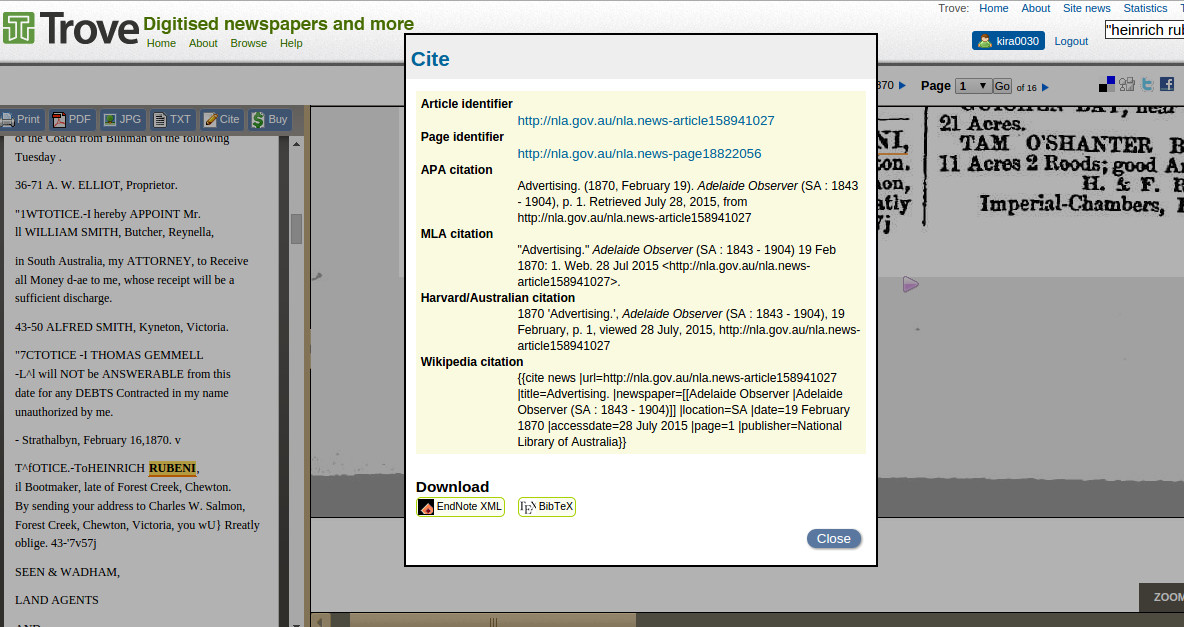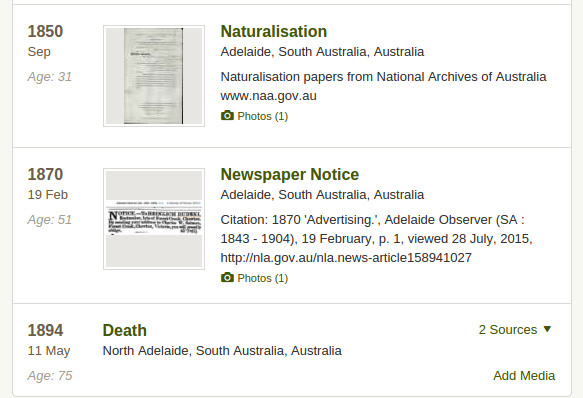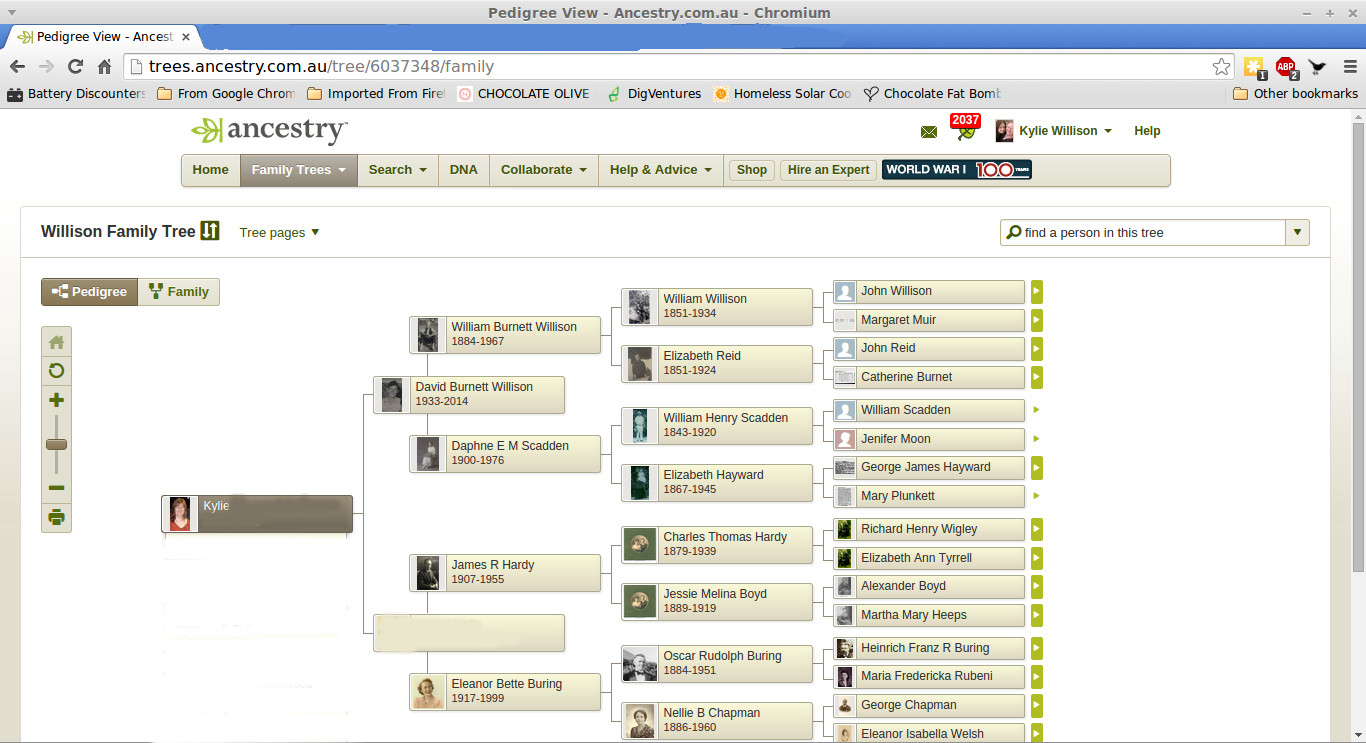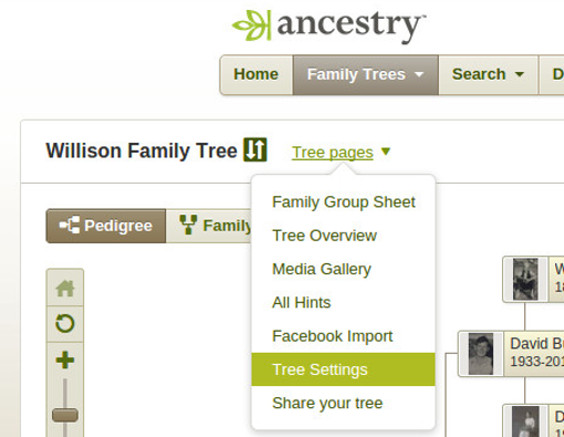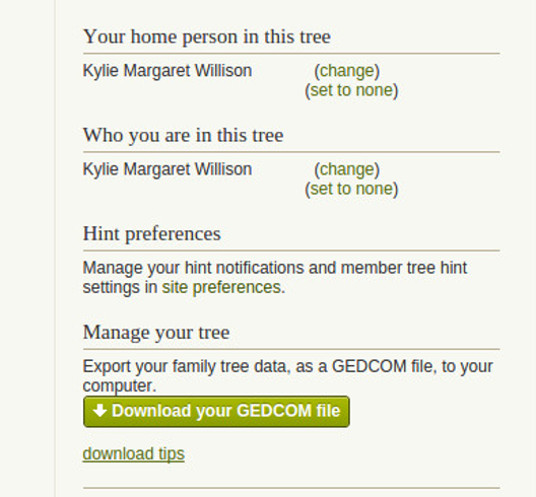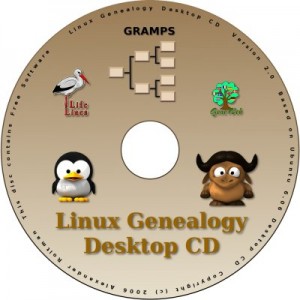I’ve been thinking for a long time about what things I can do with a .gedcom file. A GEDCOM is a plain text file, which means you can read it in a text editor as well as being able to search it and extract data from it for statistical and other purposes. That is how our genealogy software programs use it. It is a file type which isn’t tied to any particular software program either.
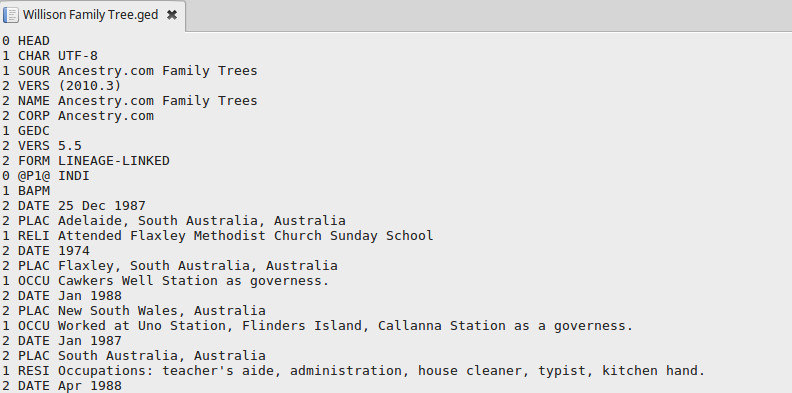
This is what a .gedcom file looks like in a text editor. It needs to be laid out in this format for genealogy programs to be able to understand it.
As you can see from the first few lines of the file, I create my family tree on Ancestry. I regularly download my .gedcom file from Ancestry as a backup and keep copies of it on my laptop and in my Dropbox cloud account. If you don’t know how to download your .gedcom from Ancestry I have a tutorial here.
One of the things you can’t do on Ancestry is search your tree by location which I find really annoying. One of the ways I’ve found to combat this is to download the .gedcom file, open it in a plain text editor and search it.
I’ll show you what I mean.
Say I want to find anyone who was born or lived in Flaxley. Having downloaded the .gedcom file already I open it in a plain text program. You may need to tell your computer to open it in a text program rather than a genealogy program by clicking the right mouse button on the file, as shown below, and click Open With Text Editor. You may need to click the Open With option and choose a program from a list. On Microsoft Windows you can use the Notepad program.

To search the .gedcom file press and hold the Ctrl key and press the F key on your keyboard.

Type in the place or word you want to search for and click Find. When it finds the word you’re looking for it highlights it. Keep clicking Find to go to the next instance of the word or place in the .gedcom file.
This is one way I can find anyone who ever lived in Flaxley or any mention of the place.
It may seem like a complicated process to find a simple piece of information but, as I said at the start, it is also the beginnning of my thinking about what other things can be done with a .gedcom file. I guess it’s a case of what can I do myself rather than using a software program. I’m not a computer programmer but I am interested in how programs work, how they handle data and what they can be made to do. The same goes for web apps and to a lesser extent mobile apps. I can’t make my own software program but I may, with lots of help, be able to do something with a web app.
What is something that you can’t do with your genealogy software program or with one of the online genealogy programs? Do you have a particular bug bear which you would like to find a solution for?
